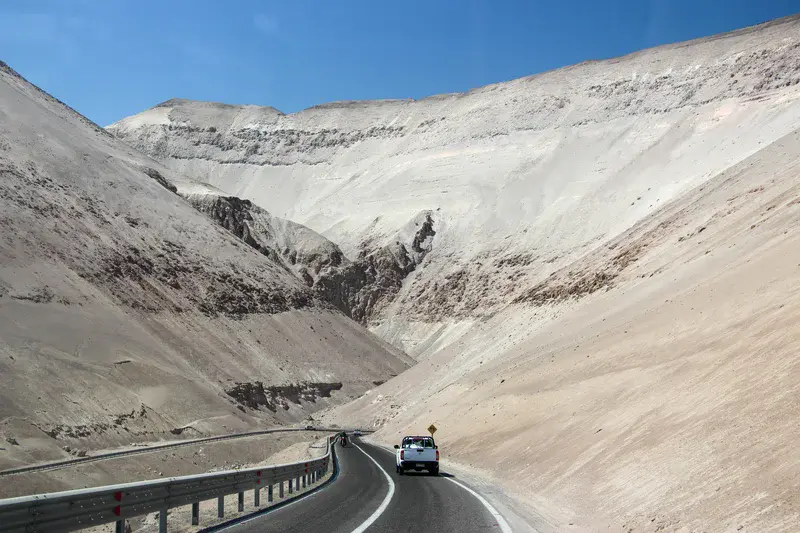
Tuffs above us: how tiny we are
The western escarpment of the Andes in northern Chile reflect the dynamic evolution of the landscape for the last 20 million years. Large volume ignimbrite sheets covered extended areas during the Early Miocene followed by uplift and incision as a result of increased fluvial runoff at the onset of glaciation. This several hundred metres deep valleys expose successive ignimbrite sheets formed by a major ignimbrite flare-up event of the Central Andes. Pumiceous pyroclastic flow deposits run several tens of kilometres westward and reached even the Pacific ocean. This landscape finely represent the dynamic evolution of the landscape, where we can feel how tiny we are on the Earth...
Categories
- Climate: Past, Present & Future (741)
- Field (2889)
- Geochemistry, Mineralogy, Petrology & Volcanology (990)
- Geodynamics (371)
- Geomorphology (1404)
- Stratigraphy, Sedimentology and Palaeontology (529)
- Tectonics and Structural Geology (584)
Location
- South America (332)
- Chile (81)
- Exact location (-70.0201 W, -18.4078 S)
Tags
Colours
Image properties
5184 × 3456 px;
image/jpeg; 7.3 MB
Camera:
Canon EOS 700D
Software: Lightroom
Taken on 29
September
2019
Submitted on 15 February 2020
Licence
Creative Commons Attribution 3.0 Unported (CC BY 3.0)
Credit
Szabolcs Harangi (distributed via imaggeo.egu.eu)
Share
Appreciate
Report